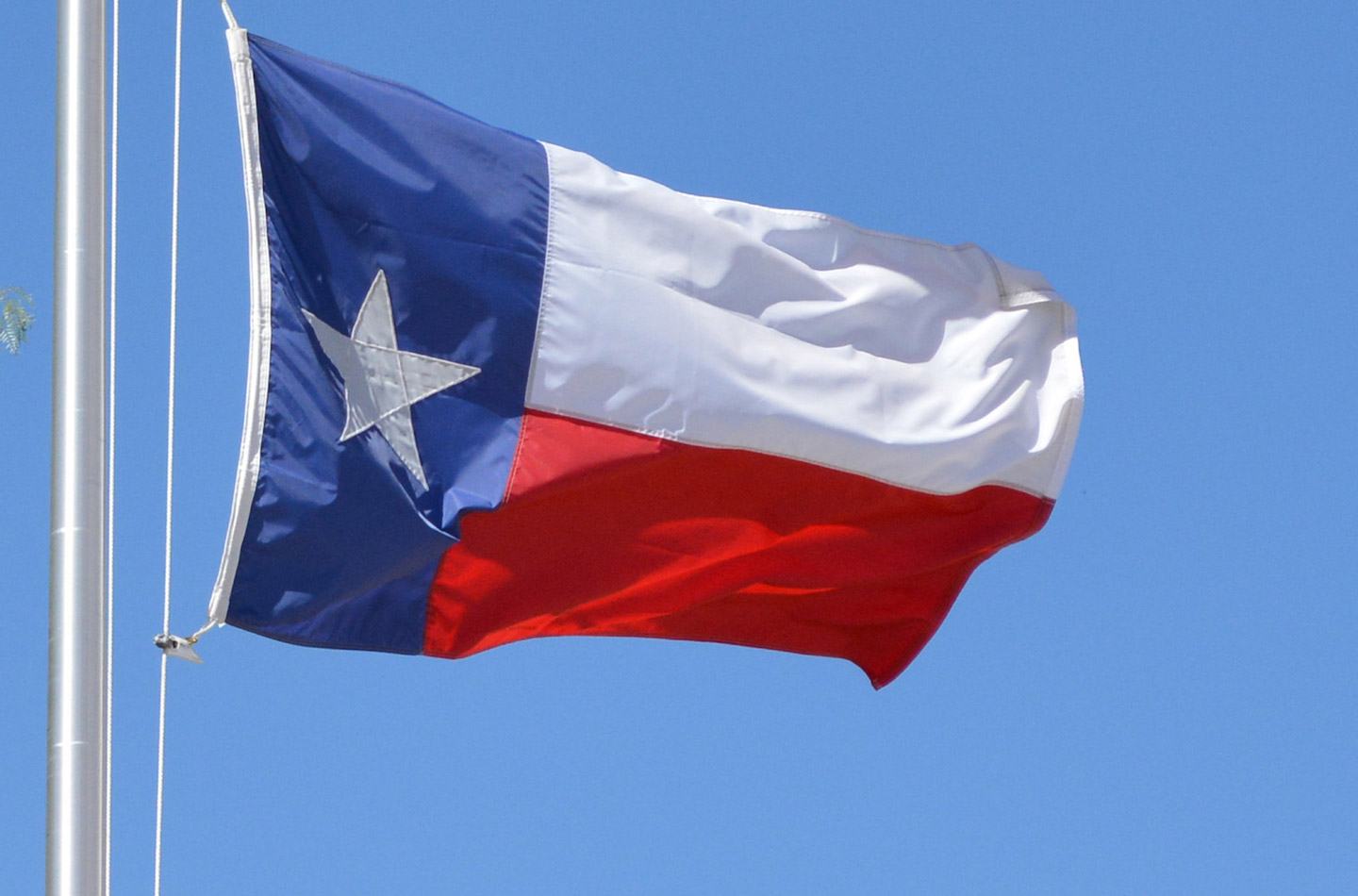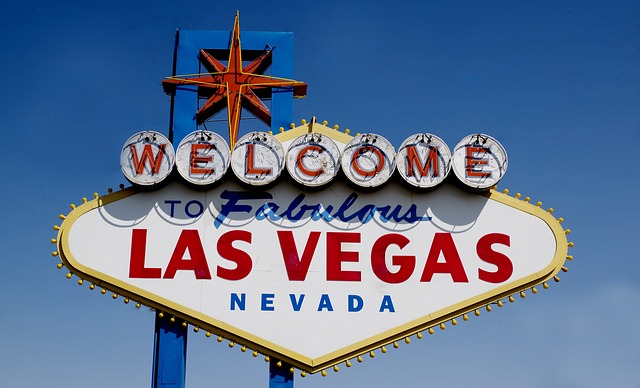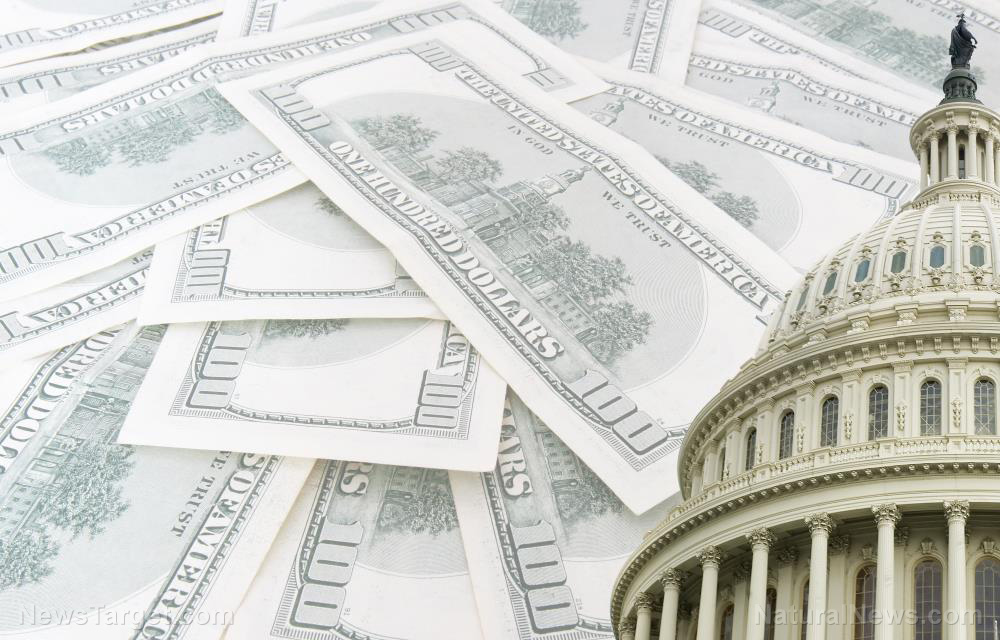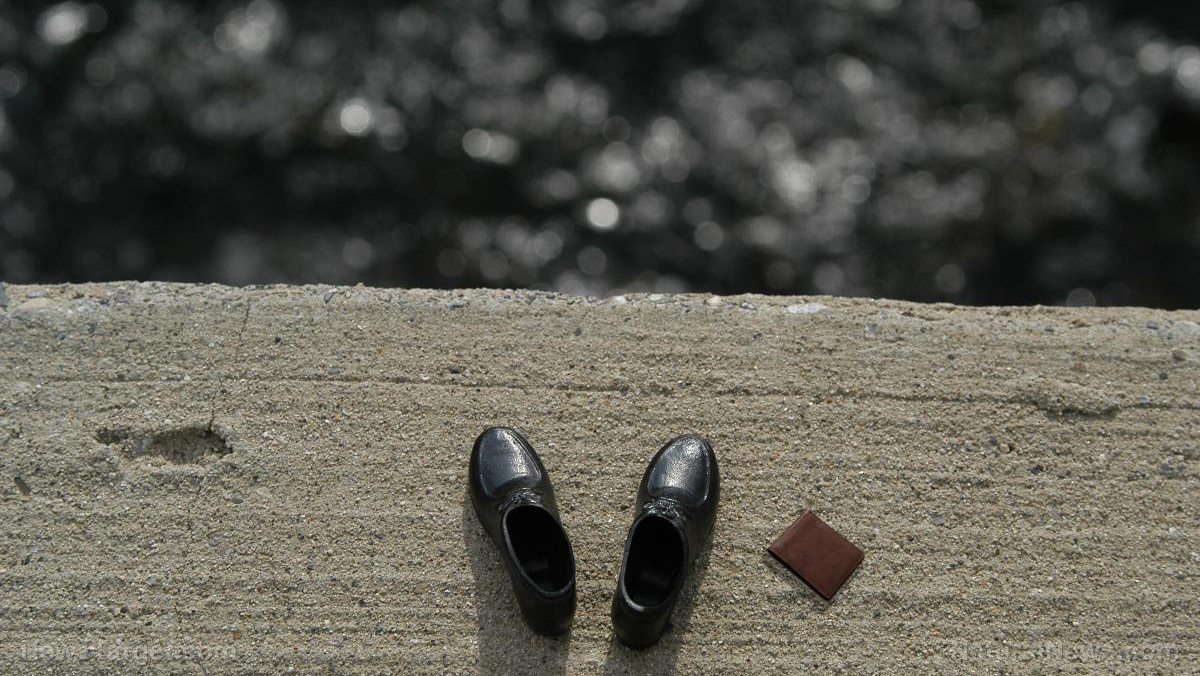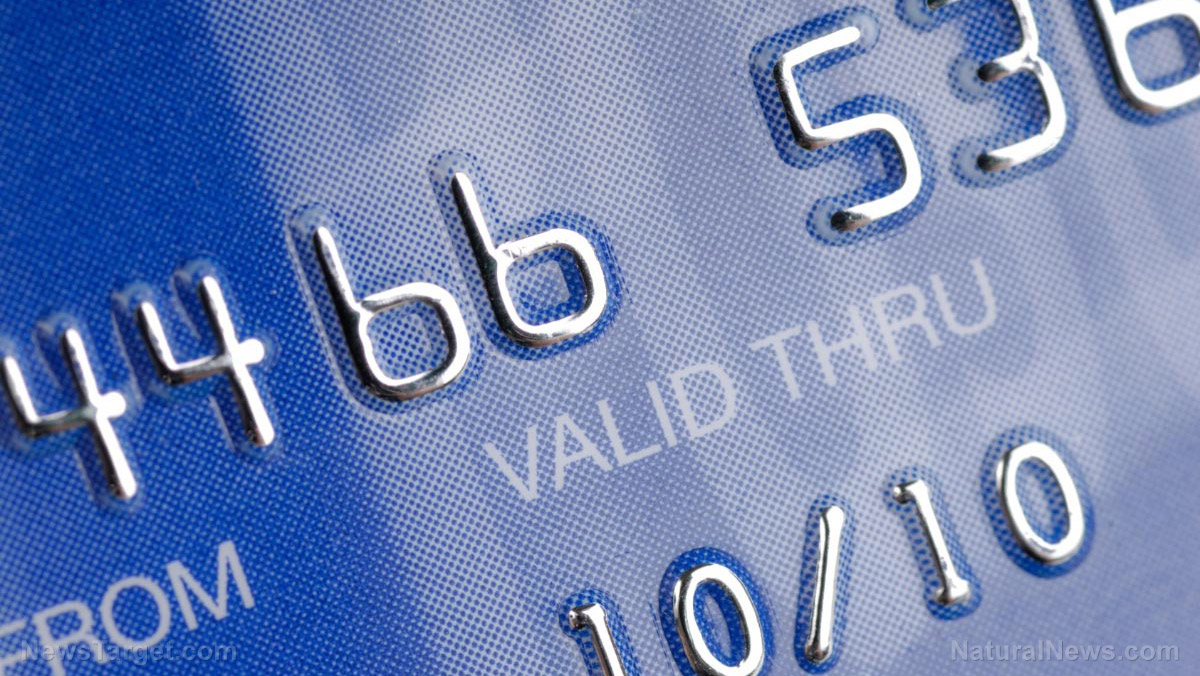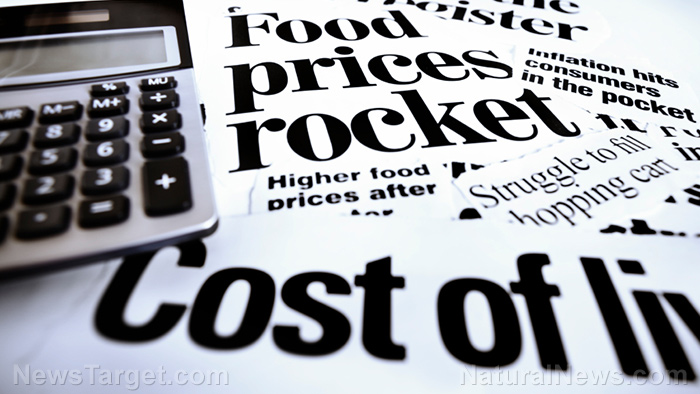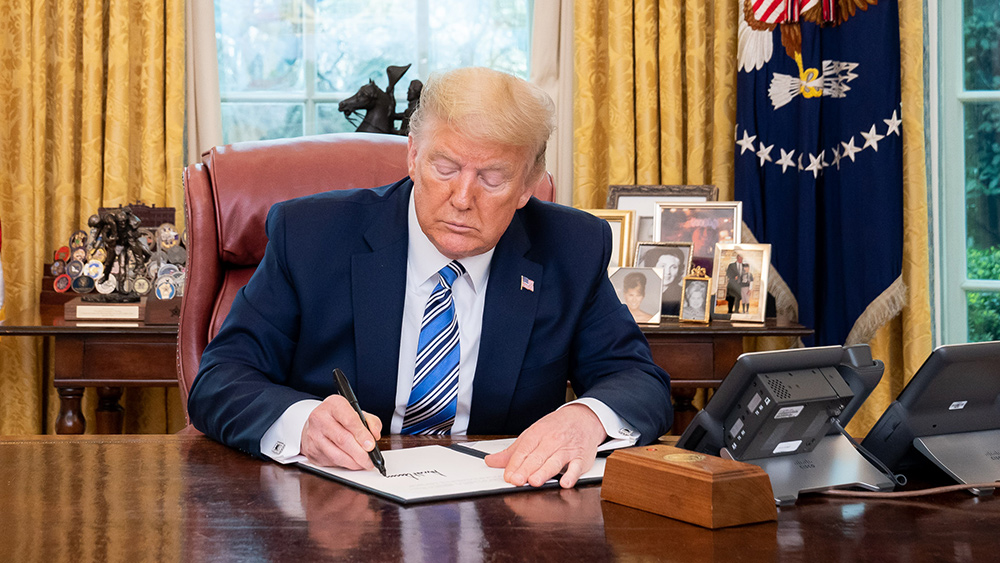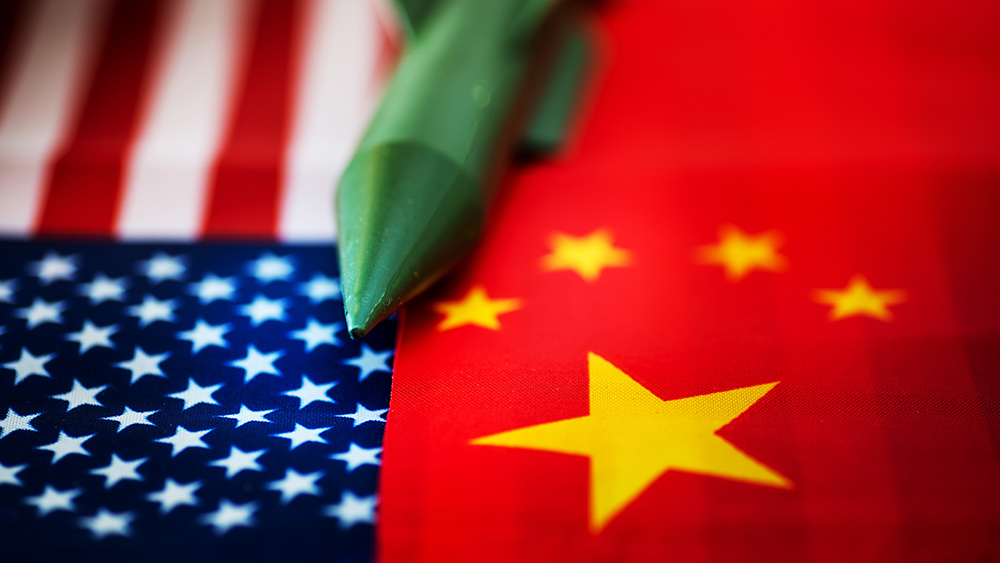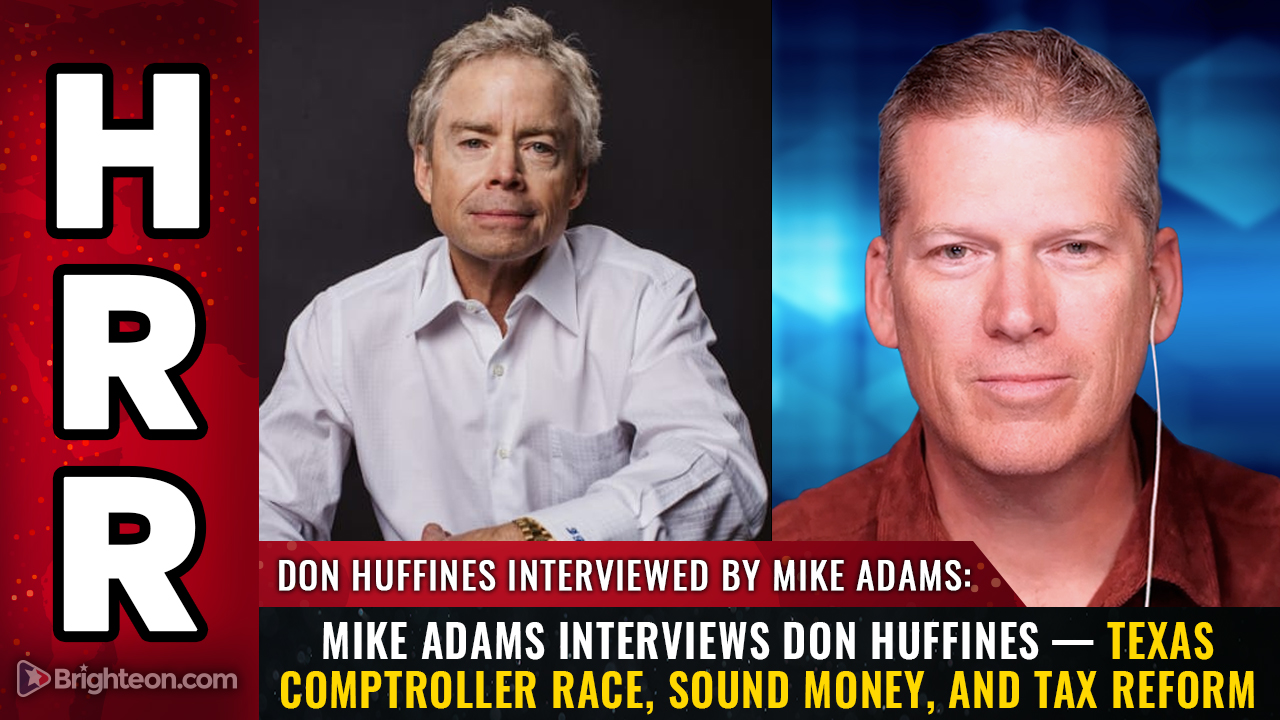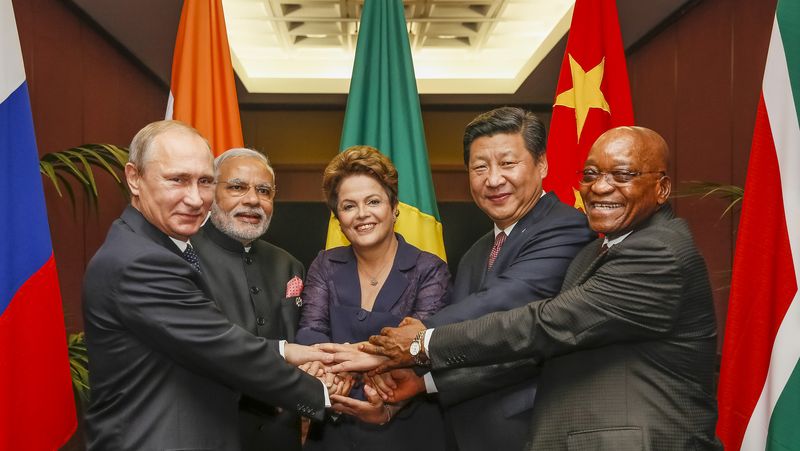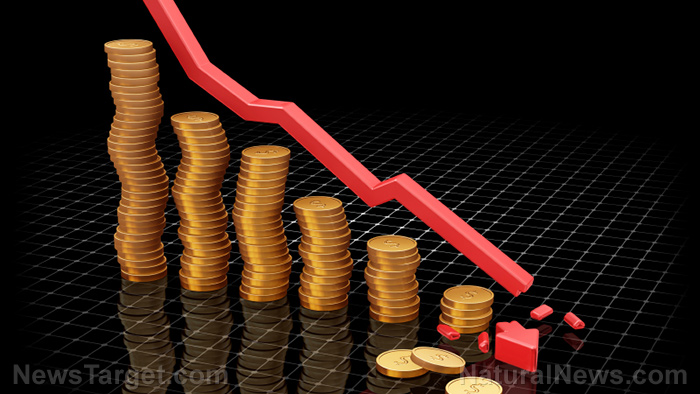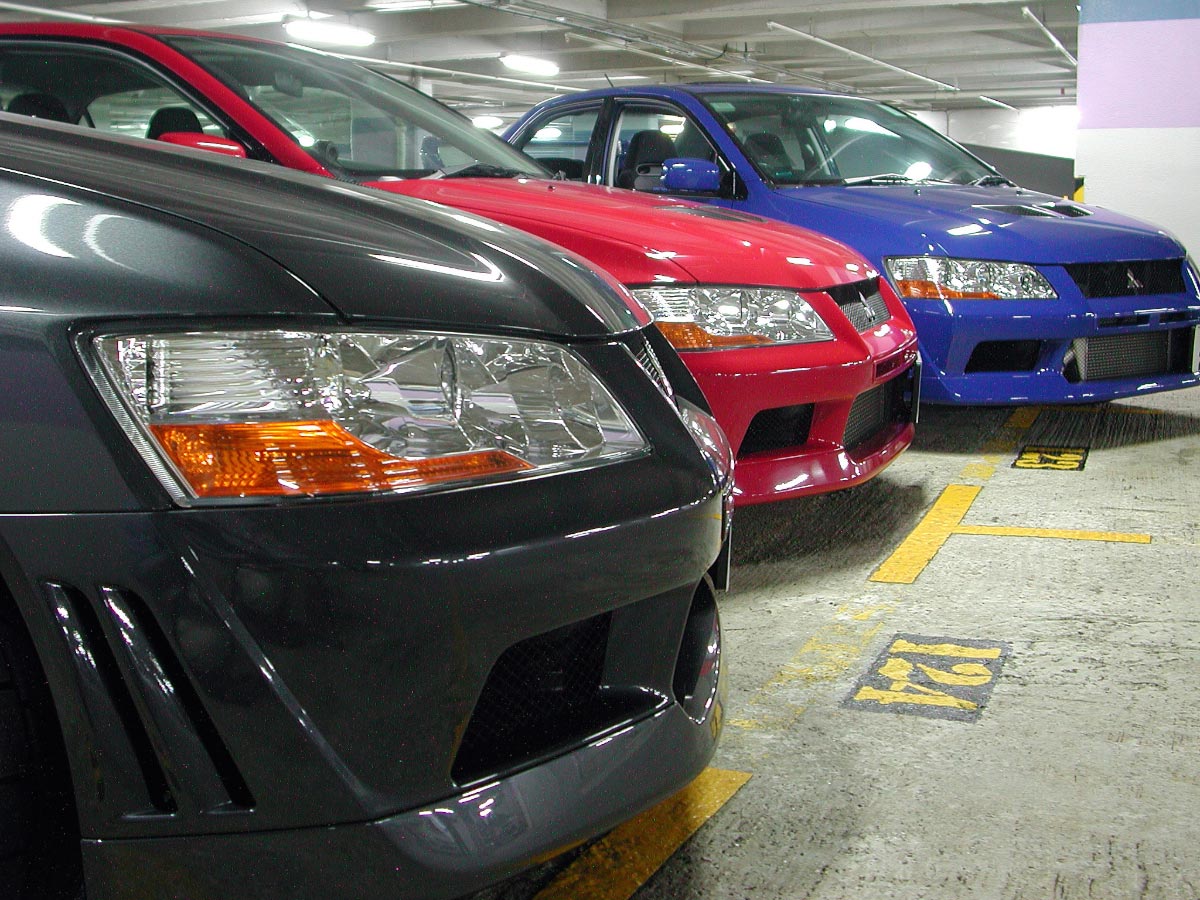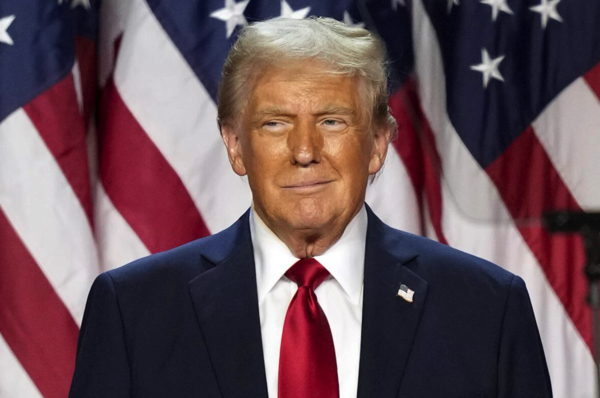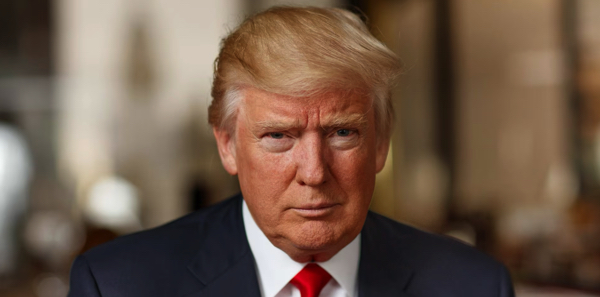Africa’s new currency backed by critical minerals could reshape global finance
08/13/2025 / By Ramon Tomey

- The African Development Bank (AfDB) and regional leaders are advancing the African Units of Account (AUA), a non-circulating currency tied to critical minerals (e.g., cobalt, lithium). This aims to reduce reliance on the U.S. dollar, stabilize economies and attract investment while leveraging Africa’s 30 percent share of global mineral reserves.
- Despite vast resources, Africa draws just three percent of global energy investments, with only $40 billion (two percent) directed toward renewables in 2023. The AUA seeks to counter currency volatility and dependency on foreign loans – particularly from China – by anchoring stability to tangible assets, like a modern gold standard.
- The AUA would allow nations to pool mineral reserves to back the currency, lowering borrowing costs for infrastructure and strengthening Africa’s negotiating power. Economists suggest it could shield the continent from global trade wars and help monetize resources more effectively.
- Skeptics cite volatile mineral prices, China’s dominance in supply chains and historical failures (e.g., the gold standard’s collapse). The CFA franc’s colonial legacy also serves as a cautionary tale. Some warn Beijing may oppose the AUA to protect its influence.
- A pilot country will soon test the AUA concept. Success could elevate Africa’s financial autonomy, while failure may expose the risks of relying on resource-backed systems in an unstable global economy. The initiative could redefine economic sovereignty or reinforce existing struggles.
Africa is positioning itself at the center of the global financial transformation with a radical proposal: a new, mineral-backed currency designed to reduce reliance on the U.S. dollar, stabilize economies and attract investment.
The African Development Bank (AfDB), alongside regional powerhouses like South Africa, is spearheading the creation of the African Units of Account (AUA) – a non-circulating currency tied to the continent’s vast reserves of critical minerals. If successful, this initiative could shift economic power away from traditional financial giants while addressing Africa’s chronic underinvestment in green energy and infrastructure.
The continent holds nearly 30 percent of the world’s critical mineral reserves – cobalt, lithium, platinum and rare earth elements essential for everything from smartphones to missile systems. Yet, despite this wealth, the continent attracts only three percent of global energy investments. According to the AfDB, just two percent – $40 billion – were directed toward renewable projects in 2023.
Currency volatility and dependence on foreign loans, particularly from China and Western institutions, have long stunted Africa’s economic potential. The AUA aims to change that by anchoring financial stability to tangible resources, much like the gold standard of the past.
“If we consider the tariffs that Trump’s slapping around, and global trade wars happening now and in the future, maybe this new currency could prevent Africa from being collateral damage,” said South African economist Moeletsi Mbeki. He added that the AUA “could strengthen Africa’s hand in global resources markets and free it to leverage its abundant natural resources.” (Related: South African minister calls for MINERAL BOYCOTT in response to U.S. aid cuts.)
The AUA dream: Turning minerals into financial power
The plan would allow nations to pledge portions of their mineral reserves, creating a pooled asset to back the AUA. This, advocates argue, would lower borrowing costs for infrastructure projects and bolster the continent’s position in negotiations with China, which currently dominates mineral processing.
The AUA faces significant hurdles, however. Historical parallels are cautionary: The 20th-century gold standard collapsed under geopolitical pressures, and Africa’s own Franc-pegged CFA currency remains controversial for its ties to former colonial powers.
Skeptics warn that mineral prices are volatile, and Beijing – which controls much of Africa’s supply chain – could undermine the effort. “China doesn’t usually support plans that could erode its power,” Mbeki noted.
Yet proponents see this as a pivotal moment. Moono Mupotola, AfDB’s Southern Africa director, confirmed that a pilot country will soon be selected to test the concept. Success could position Africa as a global financial player, not just a supplier of raw materials.
As nations worldwide grapple with inflation, debt crises and de-dollarization, Africa’s bet on a resource-backed currency could redefine economic sovereignty or serve as a cautionary tale about the limits of mineral wealth in a fractured financial world. The coming years will determine whether the AUA becomes a tool for liberation or another chapter in the continent’s struggle for true independence.
Visit Metals.news for more similar stories.
Watch Sean Hannity explaining why the rare earth minerals deal between the U.S. and Ukraine is a “win-win” proposition in this clip.
This video is from the NewsClips channel on Brighteon.com.
More related stories:
Central banks ramp up domestic gold purchases, often sourcing from local mines.
Trump’s Pacific and Africa strategies: A critical minerals gamble to counter China.
Gold industry insider Chris Olson discusses the RISE in gold and silver prices with Mike Adams.
Sources include:
Submit a correction >>
Tagged Under:
Africa, Africa Development Bank, African Units of Account, China, critical minerals, currency, dollar demise, economics, economy, finance, mineral processing, mineral refining, mining, money supply, pilot testing, rare earth metals, supply chain
This article may contain statements that reflect the opinion of the author
RECENT NEWS & ARTICLES
COPYRIGHT © 2017 RISK NEWS

